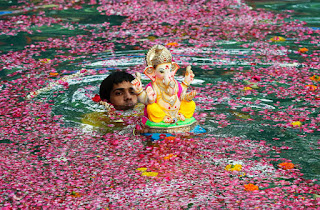The Grape Escapade is being hailed as the best ever in terms of attendance, operations, flow and offerings. Over 50000 people will experience a blend of fine wine, lifestyle, haute cuisine and entertainment over 4 days.
Apart from being the only festival of its kind in Goa, the Grape Escapade is also touted to be the most enjoyable festival to date.
The festival brings together restaurateurs, hoteliers, wineries and lifestyle brands, all under one roof. While live music and entertainment sets the tone for the evening, wine tasting sessions by an accomplished sommelier and food connoisseur will be conducted.
Adding to the vibrancy, are special variety entertainment acts, jazz sessions, fashion shows and a beauty contest.
More than 20 wineries will pour wines, while around 15 restaurants and catering companies will offer a bounty of gourmet food classics, including barbecues, pasta, oriental cuisine and other delicacies. Vegetarian options, chicken, and meat dishes will also be available, as will a bevy of luscious sweet treats.
In addition to wine, food and art, the festival has an elaborate stage set-up with a variety of musical entertainment, which features some of the best local performers in blues, jazz, world beat, as well as dance and other non-musical performances.
The festival also adds economic value to Goa every year as it brings together restauranteurs, wineries, hospitality and lifestyle players.
The Grape Stomping, which is a tradition at the festival, is a source of much delight and fun for the visitors and is an intrinsic part of the festival this year as well.
The festival is organized and supported each year by Goa Tourism.









































